2022’s top chemistry research, by the numbers
These interesting integers caught the attention of C&EN’s editors
by Corinna Wu
77 mA h/g
The charge capacity of a 3D-printed lithium-ion battery electrode, which is over three times as high as that of a conventionally made electrode. The 3D-printing technique aligns graphite nanoflakes in the material to optimize the flow of lithium ions in and out of the electrode (research reported at the ACS Spring 2022 meeting).
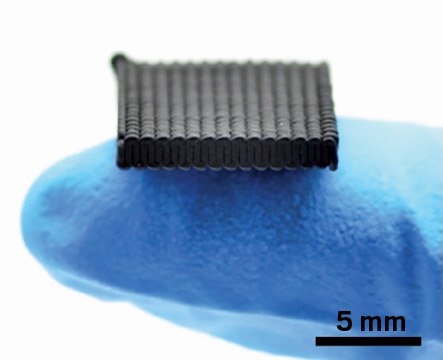
Credit: Soyeon Park A 3D-printed battery anode
38-fold
Increase in activity of a new engineered enzyme that degrades polyethylene terephthalate (PET) compared with previous PETases. The enzyme broke down 51 different PET samples over time frames ranging from hours to weeks (Nature 2022, DOI: 10.1038/s41586-022-04599-z).
 Credit: Hal Alper A PETase breaks down a plastic cookie container.
Credit: Hal Alper A PETase breaks down a plastic cookie container.
24.4%
Efficiency of a perovskite solar cell reported in 2022, setting a record for flexible thin-film photovoltaics. The tandem cell’s efficiency at turning sunlight into electricity beats the previous record holder by 3 percentage points and can withstand 10,000 bends with no loss in performance (Nat. Energy 2022, DOI: 10.1038/s41560-022-01045-2).
100 times
The rate that an electrodialysis device traps carbon dioxide compared with current carbon-capture systems. Researchers calculated that a large-scale system that could trap 1,000 metric tons of CO2 per hour would cost $145 per metric ton, below the Department of Energy’s cost target of $200 per metric ton for carbon-removal technologies (Energy Environ. Sci. 2022, DOI: 10.1039/d1ee03018c).
 Credit: Meenesh Singh An electrodialysis device for carbon capture
Credit: Meenesh Singh An electrodialysis device for carbon capture
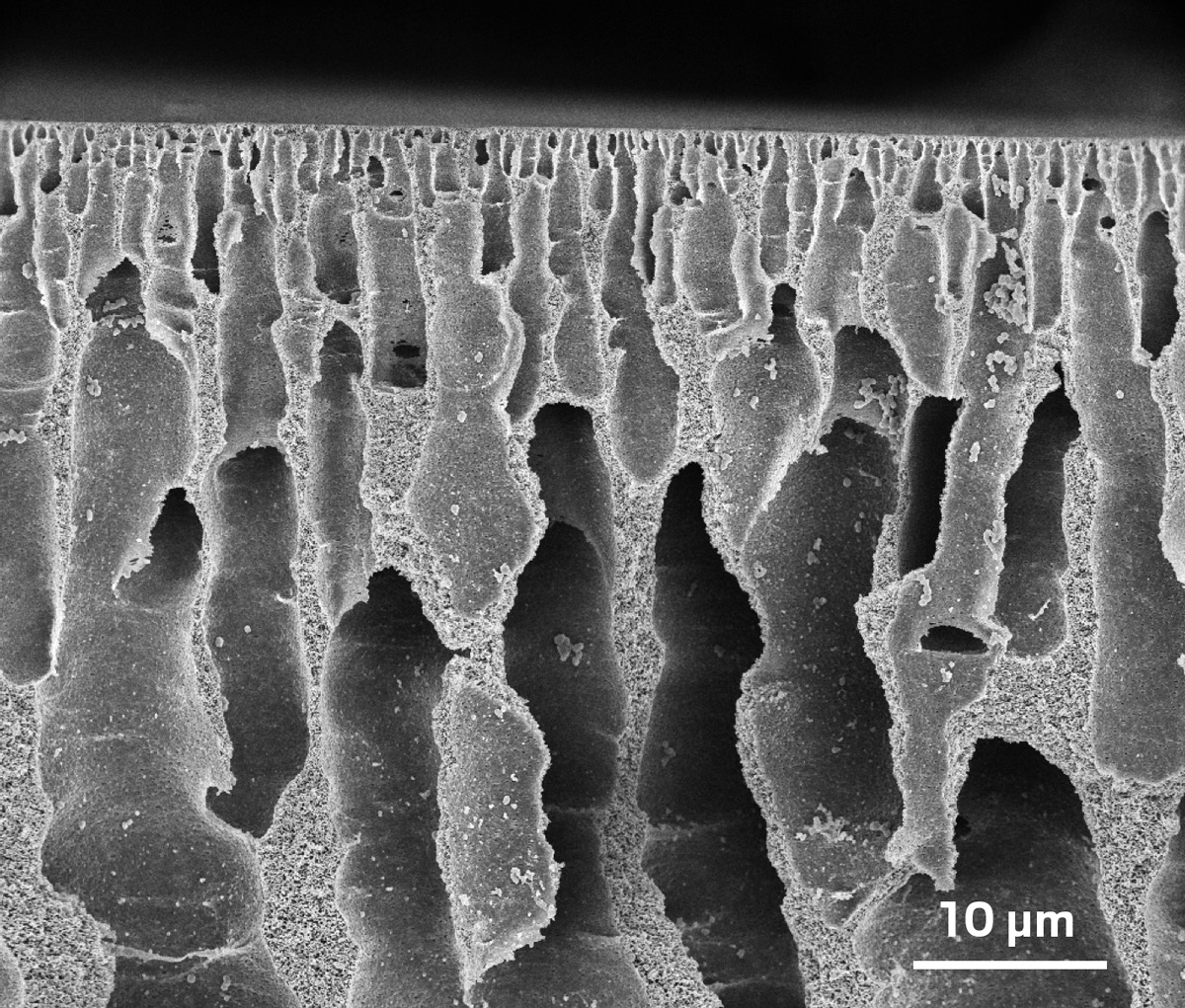 Credit: Science A membrane separates hydrocarbon molecules from light crude oil.
Credit: Science A membrane separates hydrocarbon molecules from light crude oil.
80-95%
Percentage of gasoline-sized hydrocarbon molecules allowed through a polymer membrane. The membrane can withstand high temperatures and harsh conditions and could offer a less energy-intensive way to separate gasoline from light crude oil (Science 2022, DOI: 10.1126/science.abm7686).
3.8 billion
Number of years ago that Earth’s plate tectonic activity most likely began, according to an isotopic analysis of zircon crystals that formed at that time. The crystals, collected from a sandstone bed in South Africa, show signatures resembling ones formed in subduction zones, whereas older crystals do not (AGU Adv. 2022, DOI: 10.1029/2021AV000520).
 Credit: Nadja Drabon Ancient zircon crystals
Credit: Nadja Drabon Ancient zircon crystals
40 years
Time that elapsed between the synthesis of the perfluorinated Cp* ligand and the creation of its first coordination complex. All previous attempts to coordinate the ligand, [C5(CF3)5]−, had failed because its CF3 groups are so strongly electron withdrawing (Angew. Chem. Int. Ed. 2022, DOI: 10.1002/anie.202211147).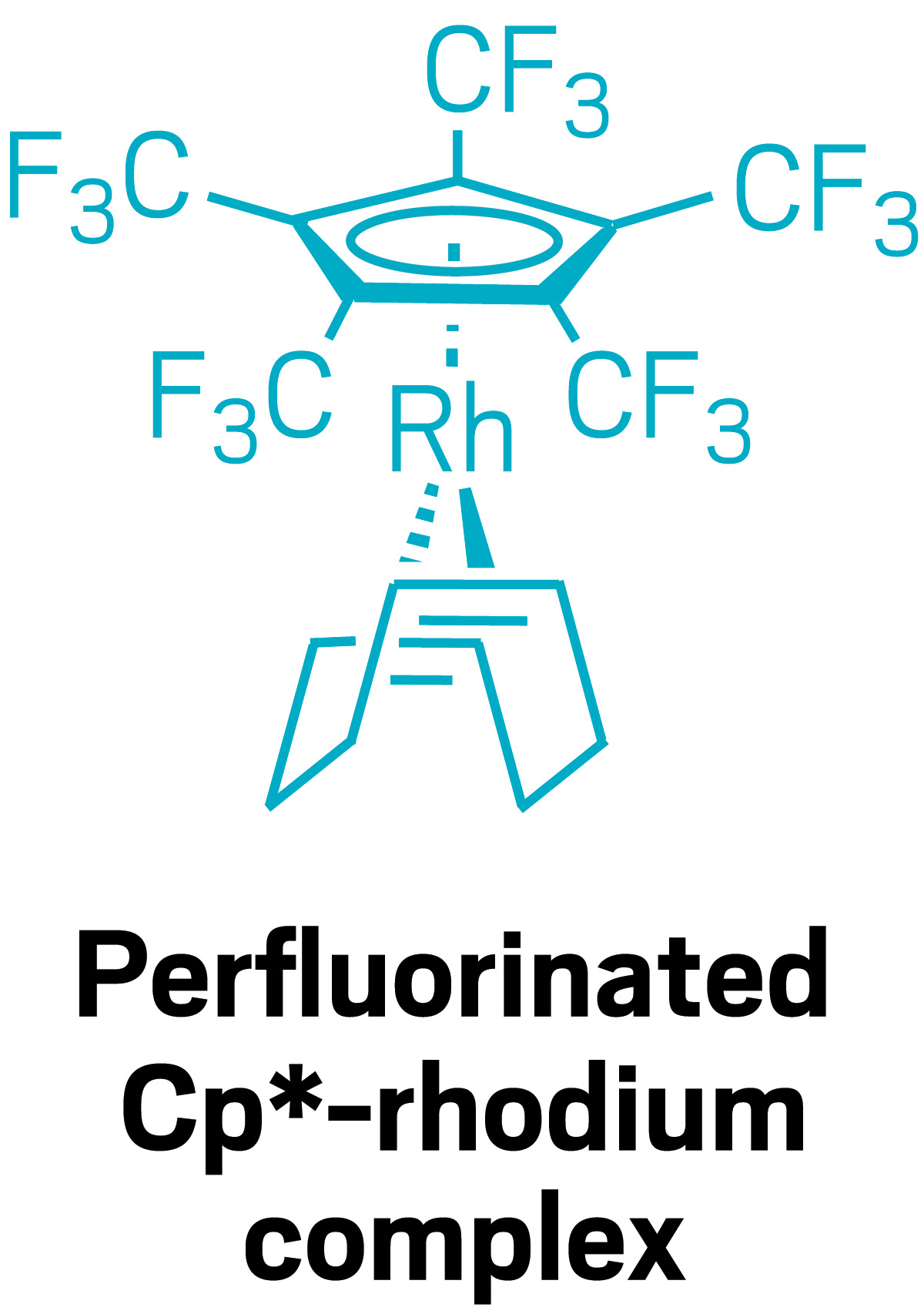
1,080
Number of sugar moieties in the longest and largest polysaccharide synthesized to date. The record-breaking molecule was made by an automated solution-phase synthesizer (Nat. Synth. 2022, DOI: 10.1038/s44160-022-00171-9).
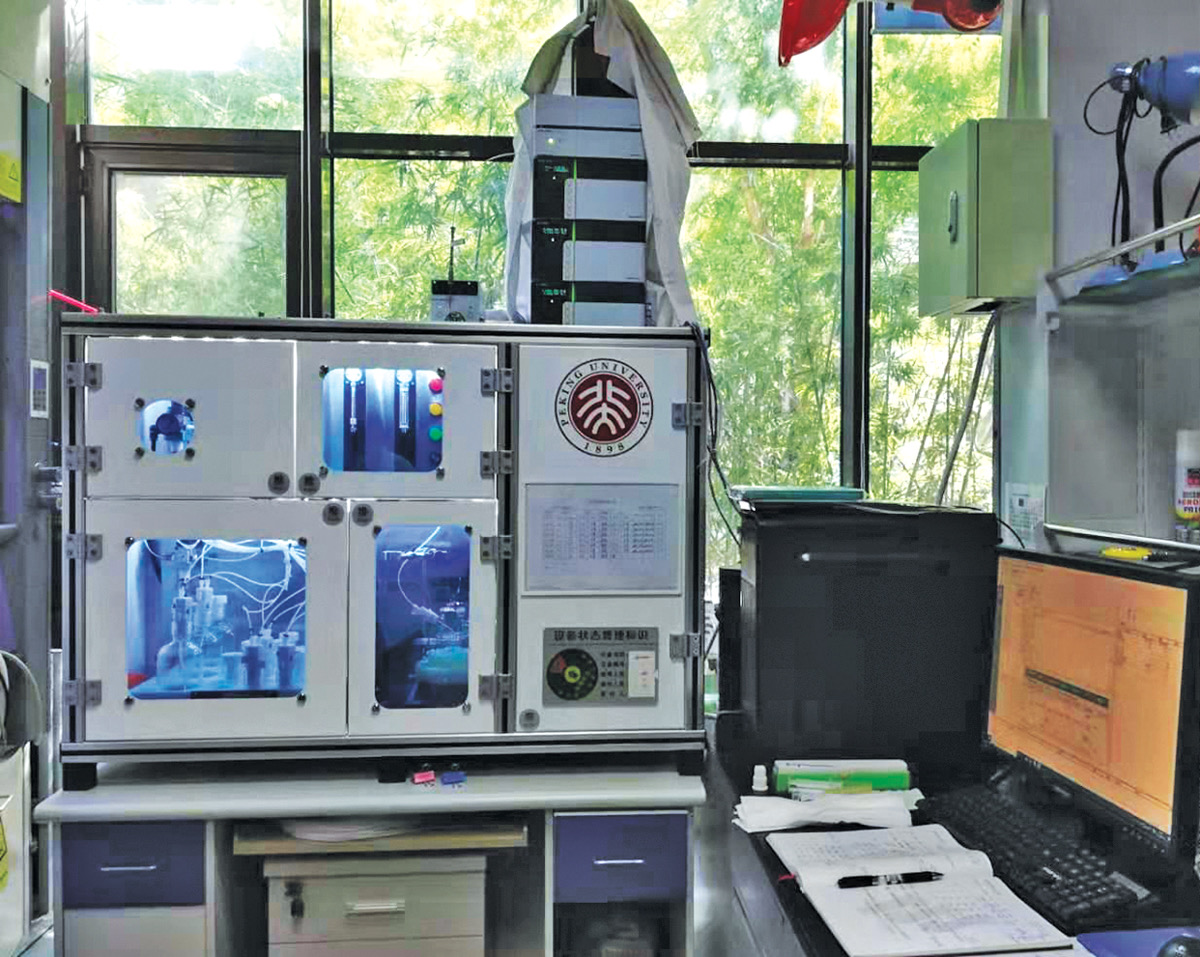 Credit: Xin-Shan Ye Automated polysaccharide synthesizer
Credit: Xin-Shan Ye Automated polysaccharide synthesizer
97.9%
Percentage of sunlight reflected by an ultrawhite paint containing hexagonal boron nitride nanoplatelets. A 150 µm thick coat of the paint can cool a surface by 5–6 °C in direct sun and could help reduce the power needed to keep airplanes and cars cool (Cell Rep. Phys. Sci. 2022, DOI: 10.1016/j.xcrp.2022.101058).
Credit: Cell Rep. Phys. Sci.
Hexagonal boron nitride nanoplatelets
90%
Percentage decrease in SARS-CoV-2 infectivity within 20 min of the virus encountering indoor air. Researchers determined that the COVID-19 virus’s lifespan is greatly affected by changes in relative humidity (Proc. Natl. Acad. Sci. U.S.A. 2022, DOI: 10.1073/pnas.2200109119).
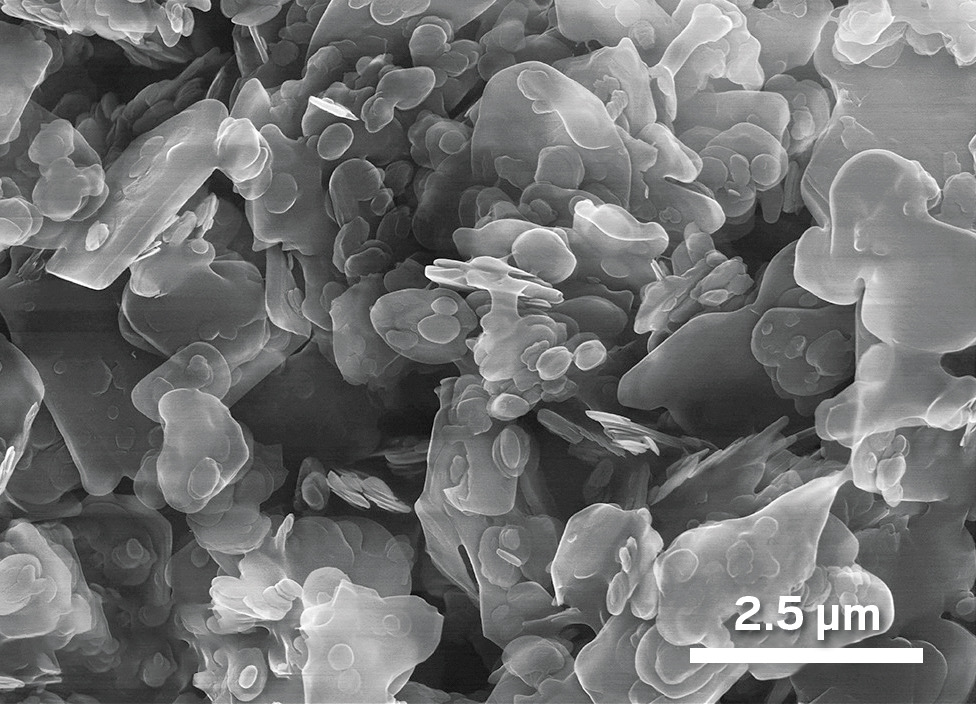 Credit: Courtesy of Henry P. Oswin Two aerosol droplets at different humidities
Credit: Courtesy of Henry P. Oswin Two aerosol droplets at different humidities
Post time: Feb-07-2023

